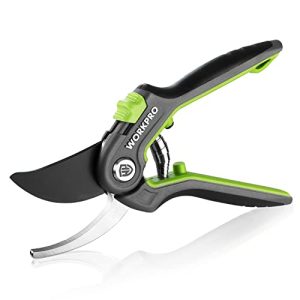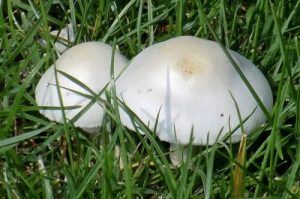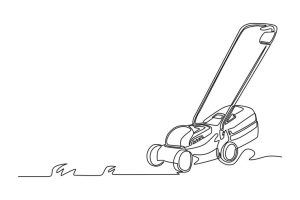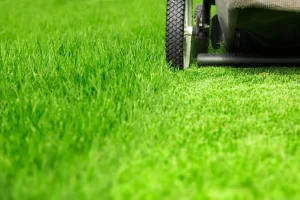Have you ever watched birds flitting around your garden and wondered when they prefer to dine? Understanding the best time of day to feed birds can transform your backyard into a lively haven filled with chirping visitors.
Imagine having the power to attract an array of colorful birds, simply by knowing their feeding habits. This knowledge not only enriches your outdoor space but also deepens your connection with nature. As you dive into this article, you’ll discover the secrets to timing your bird-feeding perfectly, ensuring that your feathered friends return again and again.
Don’t miss out on these insights that could turn your garden into a bustling bird sanctuary.
Bird Feeding Patterns
Birds often feed during early morning and late afternoon. These times offer cooler temperatures and plentiful food. Observing their feeding habits can reveal unique patterns and preferences.
Birds are fascinating creatures, and their feeding patterns can tell us a lot about their behavior. If you’ve ever watched birds at a feeder, you may have noticed that they seem to have specific times they prefer to eat. Understanding these patterns can enhance your bird-watching experience and help you attract more feathered friends to your yard.Factors Affecting Feeding Times
Bird feeding times are influenced by several factors. Weather plays a crucial role; birds often feed more in the early morning and late afternoon when temperatures are cooler. Predators also impact feeding times, as birds tend to eat when they feel safe, often in flocks. Your location can affect when birds visit your feeders. Urban areas with plenty of artificial light might see different feeding times compared to rural areas. Do you notice a pattern in your backyard?Seasonal Variations In Feeding
Seasons bring changes not just in temperature but in food availability, altering feeding habits. In spring, birds may feed more frequently due to increased energy needs for nesting. Summer offers abundant natural food, leading to less dependence on feeders. Autumn sees a spike in feeding activity as birds prepare for migration, stocking up on energy. Winter drives birds to your feeders more often as natural food sources dwindle. Have you observed these seasonal shifts in your area? Understanding these patterns can help you create an inviting space for birds. Try adjusting your feeding schedule to align with their natural habits. You might be surprised by the increase in bird activity. What changes will you make to your bird-feeding routine?
Morning Feeding Habits
Birds are early risers, and their morning feeding habits are fascinating. As dawn breaks, the skies fill with chirps and flutters. This is the time when many birds start their day with a meal. Morning feeding provides essential energy for various activities. In this section, we explore the benefits of early feeding and the species active during this time.
Benefits Of Early Feeding
Early feeding offers several advantages for birds. Firstly, food is abundant and fresh. Morning dew keeps seeds and insects moist, making them easier to consume. Secondly, fewer predators are active at dawn, reducing threats. This peaceful environment allows birds to focus on feeding. Finally, cool morning temperatures help birds conserve energy. They can feed without overheating.
Species Active In The Morning
Many bird species are active early. Sparrows are among the first to forage at dawn. Their chirping can be heard as the sun rises. Robins also start feeding early. They search for worms and insects in grassy areas. Finches, known for their vibrant colors, are morning feeders too. They often gather in flocks, seeking seeds. Watching these birds in the morning is a delightful experience.
Afternoon Feeding Behavior
Birds often feast during the afternoon, taking advantage of the warm sun. This time allows them to search and gather food efficiently. Afternoon feeding behavior is crucial for their energy and survival.
Understanding the feeding patterns of birds can enhance your birdwatching experience and help you attract more feathered visitors to your backyard. While most birds are known to feed actively in the morning, many species also display unique feeding behaviors in the afternoon. Observing birds during this time can offer fascinating insights into their adaptive strategies and survival instincts.Reasons For Midday Feeding
Birds feed in the afternoon for several reasons. One reason is the need to replenish energy after morning activities such as flying and singing. By feeding again in the afternoon, birds maintain their energy levels for the rest of the day. Another reason could be the availability of food. Some birds might find food sources less crowded and more accessible during midday hours. This time can also be less competitive, allowing them to eat at their own pace. Weather conditions may also influence midday feeding. Birds may choose to feed when temperatures are milder or when there’s a break in the weather. This behavior helps them avoid the heat of midday in warmer climates.Birds Commonly Feeding At Noon
Several bird species are known to feed actively during midday. Sparrows, for instance, often forage for seeds and insects in the afternoon. Their quick, darting movements make them a joy to watch. Pigeons are another example, frequently seen pecking around urban areas throughout the day, including noon. They adapt well to human environments and take advantage of food scraps during lunchtime. Hummingbirds also exhibit midday feeding behaviors. These energetic birds need to refuel often, and you’ll notice them hovering around feeders in the afternoon. Their bright colors and rapid wing beats make them a favorite among birdwatchers. Have you ever noticed different bird species visiting your backyard at different times? Observing their feeding patterns can provide clues about their habits and preferences. Why not spend an afternoon watching and note what you see? You might discover a new favorite bird or gain a deeper appreciation for the ones you already know.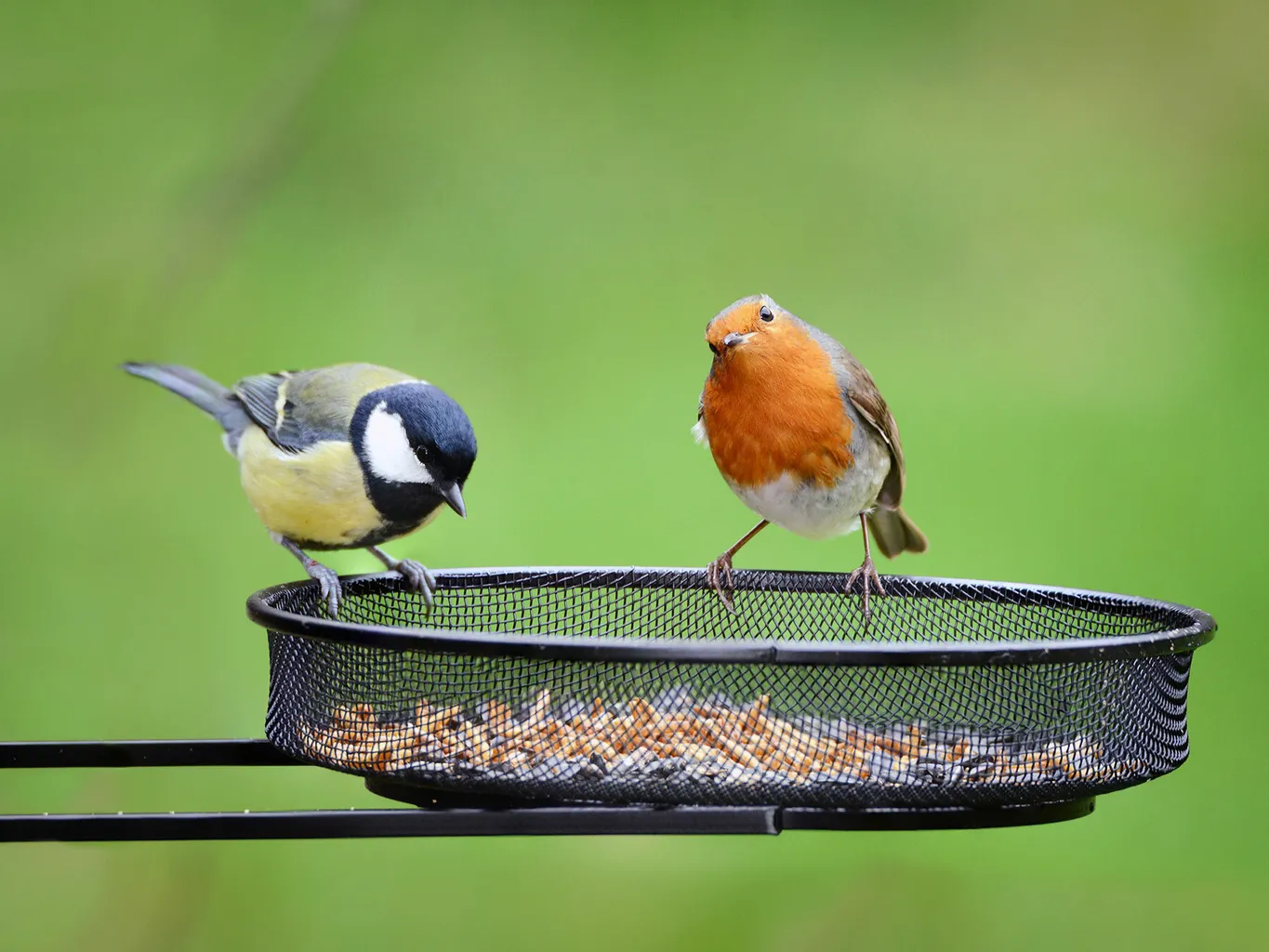
Evening Feeding Dynamics
Birds exhibit fascinating feeding behaviors as the day transitions to evening. The evening hours bring unique dynamics to bird feeding patterns. Many birds take advantage of the fading daylight to forage and gather food. This time is crucial for them to prepare for the night. Evening feeding activities vary among species, creating a lively ecosystem.
Advantages Of Late-day Feeding
Late-day feeding has several benefits for birds. The cooler evening air is refreshing. It allows birds to conserve energy while searching for food. Predators are less active, giving birds a safer environment. The dwindling light offers some protection from threats. Insects and small creatures become more active, providing ample food sources. This time helps birds to gather the needed nourishment before nightfall.
Nocturnal Birds And Evening Activity
Not all birds feed during daylight hours. Some species are nocturnal and thrive at night. These birds have adapted to evening feeding. Owls and nightjars are prime examples. Their activity peaks as dusk settles. Their keen senses make them adept hunters in the dark. Evening becomes a bustling time for these creatures. They play a vital role in the ecosystem by controlling pest populations.
Impact Of Weather On Feeding
Birds are fascinating creatures, and their feeding habits are influenced by various factors, including the weather. You might wonder how different weather conditions affect their feeding times and behaviors. Whether it’s a rainy day or an exceptionally hot afternoon, birds have unique adaptations to ensure they stay nourished and active.
Rainy Day Feeding Adjustments
Rainy days can significantly alter how birds feed. Many birds tend to feed less during heavy rains due to the challenges posed by wet conditions. Have you ever noticed fewer birds at your feeder during a downpour? That’s because rain can hinder their ability to search for food effectively. However, after the rain subsides, birds are often more active, eager to catch up on missed meals.
Another interesting aspect is how birds adjust their feeding locations during rain. You may find them taking shelter under dense foliage or close to tree trunks where they can find insects or seeds without getting drenched. These sheltered spots offer them a chance to feed without being exposed to the elements.
Temperature Influences On Activity
Temperature plays a crucial role in bird activity levels and feeding patterns. During colder days, birds need more energy to maintain their body heat, prompting them to feed more frequently. Have you ever noticed an increase in bird activity at feeders during chilly mornings? It’s their way of stocking up on energy to stay warm.
In contrast, during sweltering heat, birds might reduce their feeding activity to conserve energy and avoid overheating. They often prefer early morning or late afternoon when temperatures are cooler. This adjustment helps them manage their energy efficiently. Consider leaving out fresh water on hot days; it’s a practical way to attract birds looking to stay hydrated.
Understanding these patterns can enhance your bird-watching experience. Have you ever thought about how weather impacts the wildlife around you? By paying attention to these details, you can predict when birds are most likely to visit your garden or feeder, making your observations more rewarding.

Human Influence On Bird Feeding
Birds adapt their feeding habits based on human activities. Our actions can greatly impact their feeding times and patterns. By understanding these influences, we can help birds thrive in our environments.
Feeder Placement And Timing
Where you place a bird feeder is crucial. Birds feel safe when feeders are near trees or bushes. This gives them a quick escape route from predators. Morning and late afternoon are peak feeding times. Placing feeders in accessible spots during these times boosts bird visits. Consistent feeding schedules help birds rely on your feeders. This helps them find food easily, especially in harsh weather.
Urban Vs. Rural Feeding Patterns
Birds in urban areas often feed differently than rural birds. In cities, birds adapt to noise and human activity. They may feed at odd times, often during quieter hours. Urban feeders should be placed where birds feel safe from human disturbances. In rural areas, birds stick to natural feeding schedules. They often feed more during early morning and late afternoon. Rural feeders benefit from being near natural shelters like trees.
Technological Tools For Observation
Observing birds has become easier with modern technology. Bird enthusiasts now use various tools for better insights. These tools provide accurate data on bird feeding patterns. They help both beginners and experts in birdwatching. Let’s explore some of these technological tools.
Birdwatching Apps And Devices
Birdwatching apps offer valuable features. They help identify bird species quickly. These apps often have large databases of bird sounds. Users can compare these sounds with the ones they hear. Many apps also record bird sightings and behavior. This makes tracking bird activities convenient.
There are also birdwatching devices. Cameras and binoculars with smart features are popular. Some devices have GPS to track bird locations. Others can record high-quality videos of birds. These gadgets help capture rare bird moments easily.
Data Collection And Analysis
Technology aids in collecting bird data efficiently. Devices automatically log the time birds appear. This helps in understanding their feeding habits. Data analysis tools process this information for patterns. Experts use these insights to study bird behavior.
Software tools organize large sets of bird data. Researchers can analyze trends over time. This information is crucial for bird conservation efforts. Understanding when birds feed helps in habitat management. Effective observation tools are key for accurate data collection.
Frequently Asked Questions
What Time Of Day Are Birds Most Active?
Birds are most active during early morning and late afternoon. These periods are called the dawn and dusk choruses. During these times, birds engage in feeding, mating, and territorial activities. Observing them during these peak hours increases your chances of seeing diverse bird species.
What Is The 5 7 9 Rule For Bird Feeders?
The 5 7 9 rule for bird feeders suggests using feeders at different heights: 5, 7, and 9 feet. This helps attract various bird species by catering to their preferred feeding heights. Adjusting feeders to these levels can enhance your bird-watching experience and support biodiversity in your garden.
What Time Of Day Do Birds Go To Feeders?
Birds usually visit feeders in the early morning and late afternoon. They seek food after sunrise and before sunset. Keeping feeders full during these times attracts more birds. Regular feeding schedules help them rely on your feeder.
When Should You Not Put Out Bird Seed?
Avoid putting out bird seed during wet weather to prevent mold and spoilage. Refrain from feeding when birds rely on natural food sources in spring and summer. Remove seed if it attracts pests or aggressive birds. Clean feeders regularly to avoid disease and contamination.
Conclusion
Birds feed at different times depending on species and environment. Early morning is popular, with many birds seeking breakfast. They search for seeds, insects, and more. Some birds also feed in the late afternoon. This helps them prepare for night.
Observing local birds can reveal feeding patterns. Understanding these habits can enhance birdwatching experiences. It also helps in setting up bird feeders effectively. Knowing when birds feed ensures you see more activity. This makes your backyard lively and engaging. So, enjoy watching and learning about these fascinating creatures.
Happy birdwatching!


